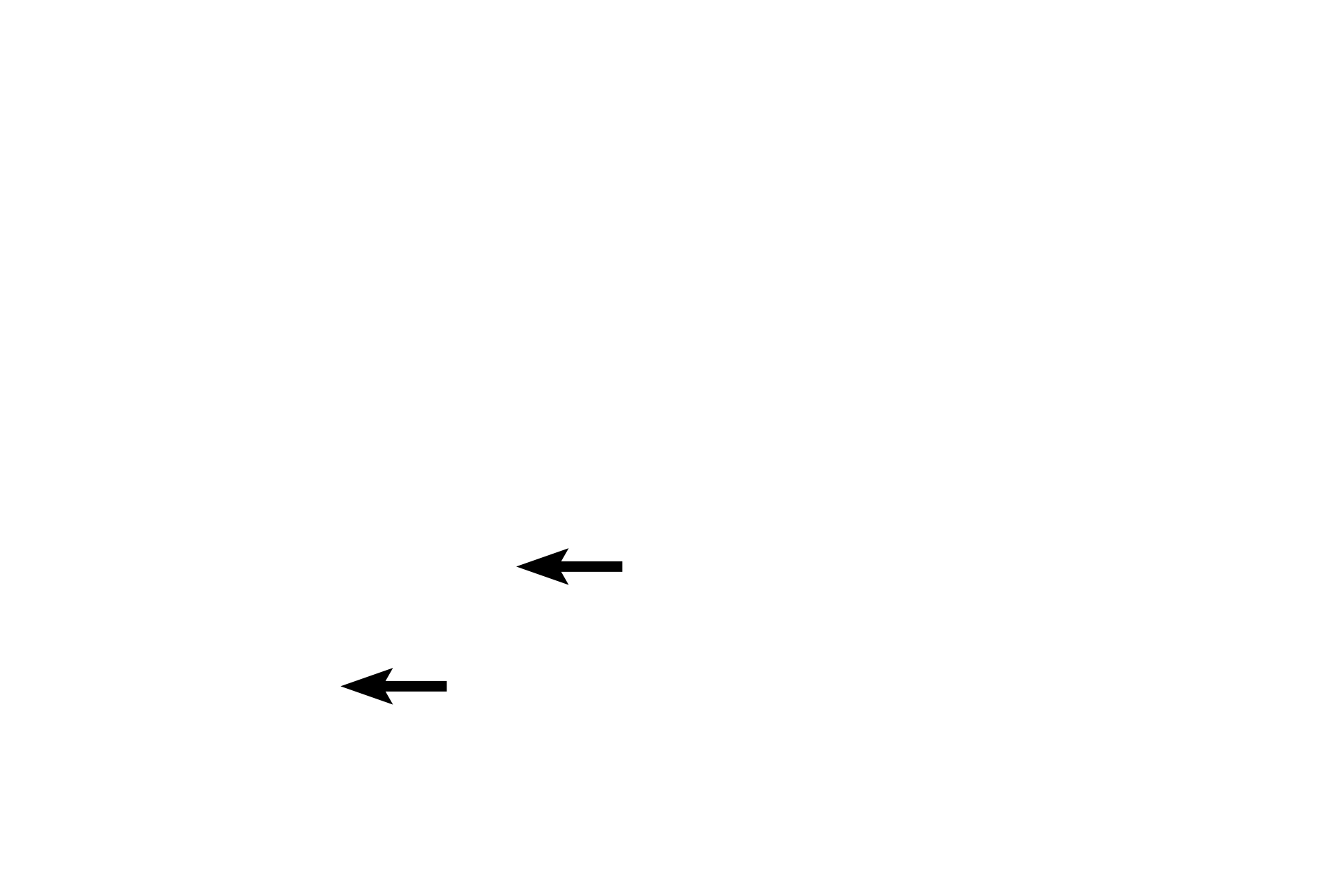
Types of stains
Many different types of stains are routinely used for light and electron microscopy. Stains are grouped into four major categories, conventional, histochemical, enzyme histochemical and immunohistochemical.

Conventional stains >
Conventional stains bind to tissue elements primarily based on charge interactions between the stain molecule and the tissue structure. Basic dyes bind to negatively-charged elements, e.g., nucleic acids and acidic dyes bind to positively-charged elements, e.g., collagen fibers.

- Light microscopy >
The image shows the most commonly used conventional stains for light microscopy, hematoxylin and eosin. Hematoxylin is a basic dye and imparts a blue color. Eosin is an acidic dye and imparts a pinkish-orange color.

-- Hematoxylin
The image shows the most commonly used conventional stains for light microscopy, hematoxylin and eosin. Hematoxylin is a basic dye and imparts a blue color. Eosin is an acidic dye and imparts a pinkish-orange color.

-- Eosin
The image shows the most commonly used conventional stains for light microscopy, hematoxylin and eosin. Hematoxylin is a basic dye and imparts a blue color. Eosin is an acidic dye and imparts a pinkish-orange color.

- Electron microscopy >
Conventional stains for electron microscopy employ heavy metals that impart contrast to the tissue by blocking the passage of electrons through the tissue. Like conventional chromatophilic dyes, the heavy metals bind to tissue elements based primarily on charge interactions and the resultant image appears in gray tones only. Dark areas are referred to as electron dense; lighter areas as electron lucent.

-- Electron dense >
The dark areas result from the electrons being blocked by the heavy metals that bind to the tissue elements during staining.

-- Electron lucent >
The light areas result when electrons do not encounter the metals and thus pass through the section.

Histochemical stains >
Histochemical staining involves a chemical reaction between the tissue element and the staining reagents. This type of staining is more specific than conventional staining and is often used to detect specific chemical groups, e.g., glycogen as seen here using the periodic acid Schiff (PAS) stain.

- Glycogen
Histochemical staining involves a chemical reaction between the tissue element and the staining reagents. This type of staining is more specific than conventional staining and is often used to detect specific chemical groups, e.g., glycogen as seen here using the periodic acid Schiff (PAS) stain.

Enzyme histochemistry >
Enzyme histochemistry detects the presence of a specific enzyme in tissues e.g., acid phosphatase, by reacting with its substrate. These methods often employ substrate analogs that produce a visible reaction product.

- Enzymatic activity
Enzyme histochemistry detects the presence of a specific enzyme in tissues e.g., acid phosphatase, by reacting with its substrate. These methods often employ substrate analogs that produce a visible reaction product.

Immunocytochemistry >
Immunocytochemistry employs antibodies that specifically bind to unique proteins, e.g., actin. Sites of antibody binding are detected by fluorescent dyes that are conjugated to the antibodies.

- Immunofluorescent stain
Immunocytochemistry employs antibodies that specifically bind to unique proteins, e.g., actin. Sites of antibody binding are detected by fluorescent dyes that are conjugated to the antibodies.